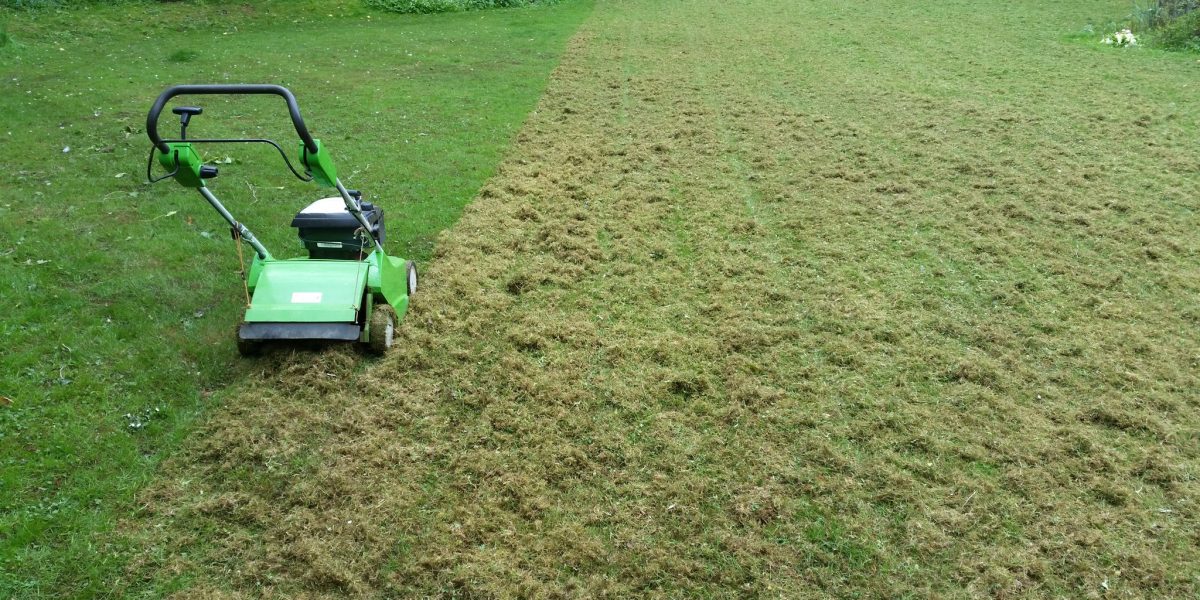Scarifying is an important part of your lawn care, and needs to be done right.
Scarifying Information
To know if you need to scarify, there are ways to figure that out, including if your garden has strong weed growth. The best time to scarify is March to September, and the daily temperature should be between 14 and 20 ° C, which is usually normal in spring and autumn. Scarifying should be avoided in summer, when the lawn is used and gets a lot of heat. You should also avoid winter.
In spring, the time between March and May is the best. If you want to use your lawn in summer, you should do maintenance in spring. as it means that your grass has a few weeks of rest after treatment. You should scarify as early as possible, and you should not wait too long. May is often very warm and dry, that is why additional irrigation is necessary so that the sward closes quickly. There are two ways for scarifying in spring, which will be listed here:
Start lawn care with scarifying before the lawn starts growing properly. After scarifying, fertilize the lawn and mow to normal height a week or two later.
Or you could start lawn care with fertilizing. Then mow your lawn to normal height. As soon as the second lawn mowing is due 2 weeks later, it is the right time to scarify.
Scarifying the lawn a second time a year should take place in autumn from September to October. The temperature should be warm, but no longer hot. The second pass with the scarifier removes moss, weeds and lawn felt, preparing the lawn for winter. You should choose the time of lawn care, so that the lawn still has time to recover before winter rest.
You should only scarify when the lawn is dry. If the soil is too wet, the scarifier might tear out healthy plants. Mow the lawn to a height of two centimeters just before scarifying, this is usually the lowest setting of the lawnmower. Before moving on the scarifier, you should remove larger stones from the lawn. Otherwise these could be thrown up by the scarifier and hit you, which is very dangerous.
Scarifying Right
First set the working depth correctly. The right depth for scarifying depends on the soil and the degree of matting of your lawn, which should be between 3-20mm. Then go lengthways across the surface, making a pattern. Make sure that you move the scarifier quickly and do not stand in one place for long, as it could damage the ground too much. When changing direction, push the bar down so that the blades lift, making it easier and better on the lawn
Scarifying Aftercare
If your scarifier does not pick up moss in a grass catcher, use a rake. The deeper you scarify, the more it takes from the ground and the more the collector has to be emptied. Then it is better to work without a grass catcher and then collect the waste with a rake. Sow bald spots directly with fresh lawn seeds, sprinkle lawns on heavy soil with a thin layer of construction sand to loosen up the soil and improve its balance.
First, the lawn could look worn, fertilization will help it to recover. The fertilizer can settle in the loose soil and does not blow away. In the next three weeks, you should regularly water the lawn so that it recovers and grows back. You should avoid touching the lawn after scarifying so it can quickly grow back into a bright lawn.
If you want a scarifying service, we can do it for you trouble-free at Grasshopper Garden Services. Read more about scarifying here

